Anniversary Newsletter Edition #7: “From 150 to 1,000 – or the beginnings of Nordex in Germany”
Every year, the employees of Nordex in Hamburg gather to celebrate their annual summer event. This year’s theme, “The Nordex Big 40 Fun Fair”, marked a major milestone: as many of you know, Nordex was founded 40 years ago by brothers Jens and Carsten Pedersen in Denmark. As part of the event, we were honored to welcome Carsten Pedersen himself, along with two of the early three German pioneers, who played a key role in launching Nordex’ wind business in Germany in the 1990s, for an exclusive interview. Today, Germany is one of our strongest and most important markets – but how did it all begin?
This edition of our newsletter tells a story about a camper van, bold risks, determination, a campsite, confidence, a daring move, trust, entrepreneurial spirit and – above all, the #NordexTeam mindset that laid the foundation for our success in Germany more than three decades ago.
In the 1980s, wind power in Germany was largely regarded as a niche topic by both utilities and politicians. However, the 1986 Chernobyl disaster sparked a surge in public interest in alternative energy. Anti-nuclear activists, in particular, began to champion wind energy as a viable and clean alternative. Still, the German wind sector was only just beginning to take shape.
Among the key figures driving Nordex’ entry into the German market were three technically-minded German pioneers: Volker König, a trained pedagogue with a background in physics; Günter Schmidt, an electrical engineer and owner of an electronics company; and Werner Napp, an atomic physicist. In 1990, under conditions that felt almost conspirational, the three met with Carsten Pedersen at a motorway service station restaurant to sign a landmark agreement: Volker, Werner, and Günter were granted exclusive distribution rights for Nordex wind turbines in Germany. That low-profile contract signing marked the beginning of a new chapter – not just for Nordex, but for wind energy in one of Europe‘s most important markets. Here is the conversation between Carsten, Volker and Günter who we met at the Hamburg event.
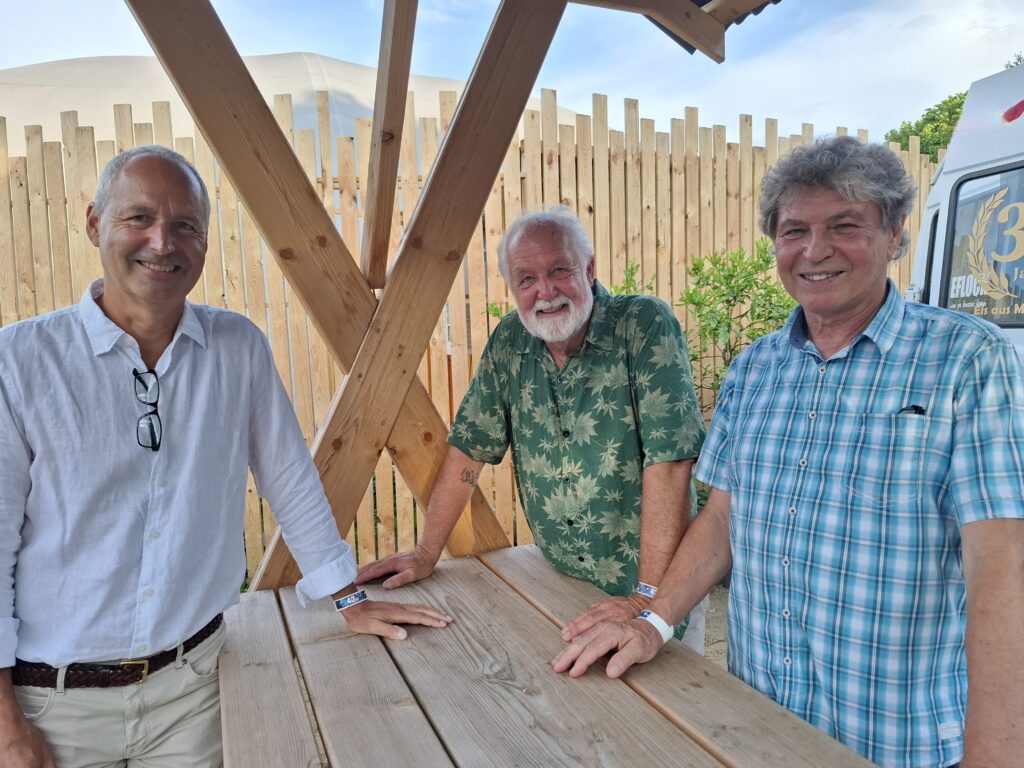
How did Nordex turbines first make their way from Denmark into Germany?
Volker: In 1989, I published the first German market overview of wind turbines, which sold quickly at the Husum Wind Energy Days and helped establish many contacts. We supported landowners and investors in selecting turbines and chose Nordex, based on our calculations. We were convinced that the N27/150 turbine from Nordex in Denmark was very well suited for the German market.
So, you went to Denmark to buy turbines – not to start sales activities for the German market?
Volker: Yes, Günter and I just wanted to buy 20 turbines, not to sell turbines. We both had good jobs – Günter was managing director of a highly successful electronics company, working from home, and I had recently become the youngest headmaster in Lower Saxony. But the planned purchase initially failed, due to, among other things, the lack of type approval for the N27 in Germany. It was only on the way back from Denmark that the idea arose to organize the type approval ourselves and to think about sales activities in Germany. Carsten and Jens liked the idea of the type approval, but at that time were still reluctant to take the step across the Danish border – perhaps also because of my bold demand to become the exclusive Nordex sales representation for Germany, Austria and other regions in return.
Carsten, is it true that Volker once stayed in a camper van outside your house and refused to leave until the contract was signed?
Carsten: Haha, it’s true that this rumor is still going around. In fact, Volker was an extremely competent salesperson. However, at the beginning, his approach seemed unusual to us, as we often talked past each other during negotiations due to his limited Danish and our limited German skills. As much as Jens and I liked the gentlemen, we weren’t certain if they were the right ‘distribution channel’ for our wind turbines in Germany.
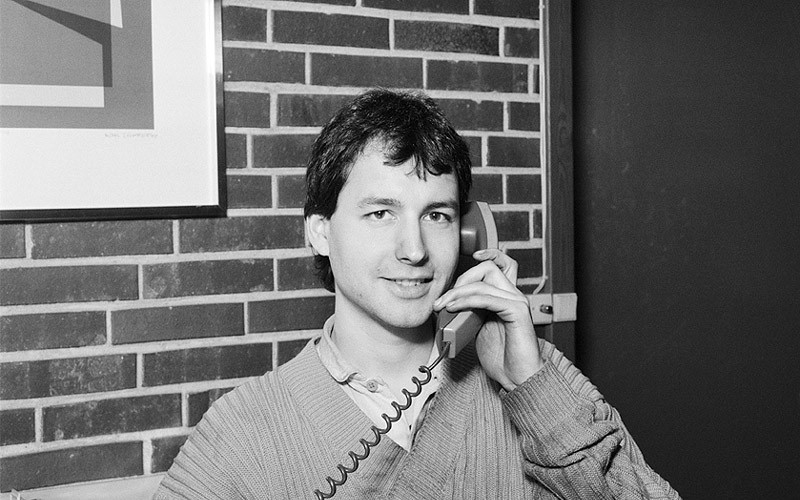
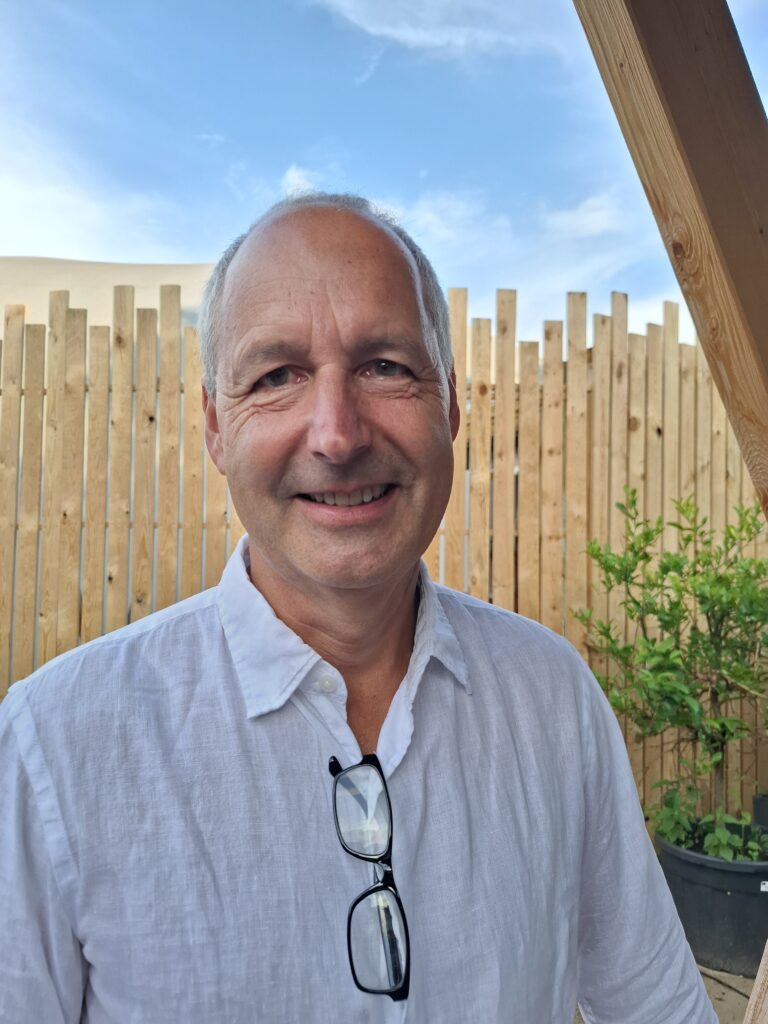
Carsten Pedersen, who together with his brother Jens, founded Nordex in 1985. In 1990, he met with Volker, Werner and Günter at a motorway service station in Germany, giving the green light to start Nordex’ business in Germany.
Volker: But later, in November 1990, however, we were finally able to persuade you, Carsten, to visit us in Germany and then…
Carsten: … we met for a conversation at a motorway service station restaurant in Germany, and in this very simple, unusual setting, you three managed to secure the contract you wanted. I accommodated you because you were persistent, self-confident and stood up for your goal with so much personal commitment. From that point forward, you took on the responsibility for overseeing sales of Nordex wind turbines within Germany.
Günter: With regards to the contract, we were required to assume the full responsibility for the market entry risks and to finance the necessary type approval for the N27/150 installation in Germany, as well as independently develop the sales organization and service structure. All in all, the financial risks were not insignificant for us.

Volker, what motivated you to promote wind power in Germany?
Volker: As early as 1985, together with six others, we founded the association Interessenverband Windkraft Binnenland e.V. (IWB) (Inland wind farm interest group). The 1986 Chernobyl nuclear accident inspired me even more to support new energy sources in Germany. It was through the association that I met Werner and later Günter — both, of course, committed to wind energy. We all saw wind power as the most efficient renewable energy source — it’s clean, unlimited, and cost-effective, with rapidly deployable turbines. Early German turbines lacked power or were too expensive, while Danish models, though more powerful, were designed for stronger winds and had rotors that were too small for Germany’s wind conditions.
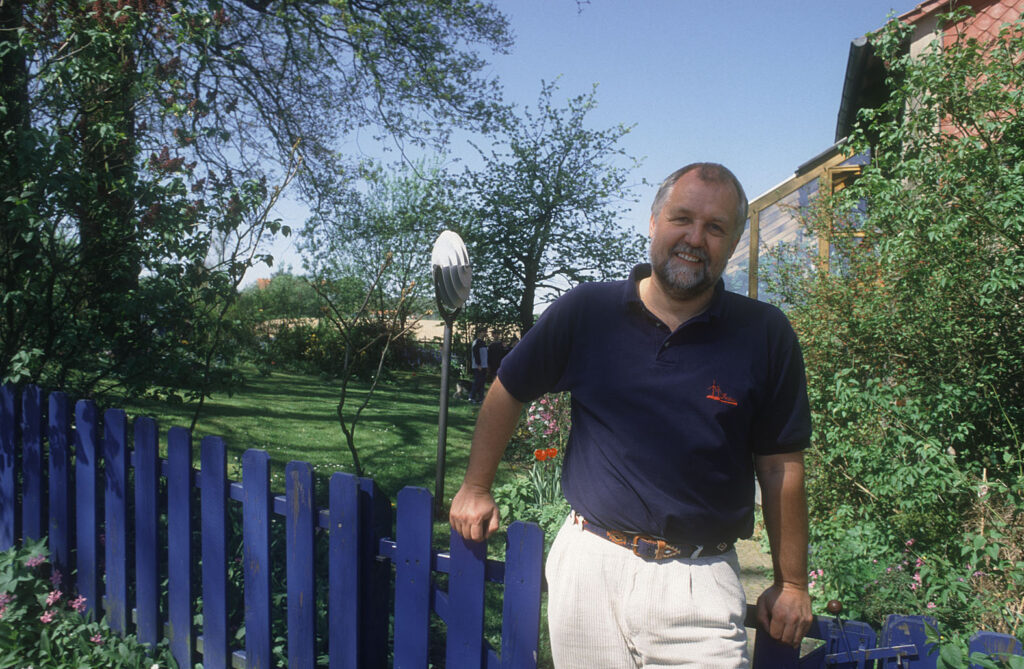
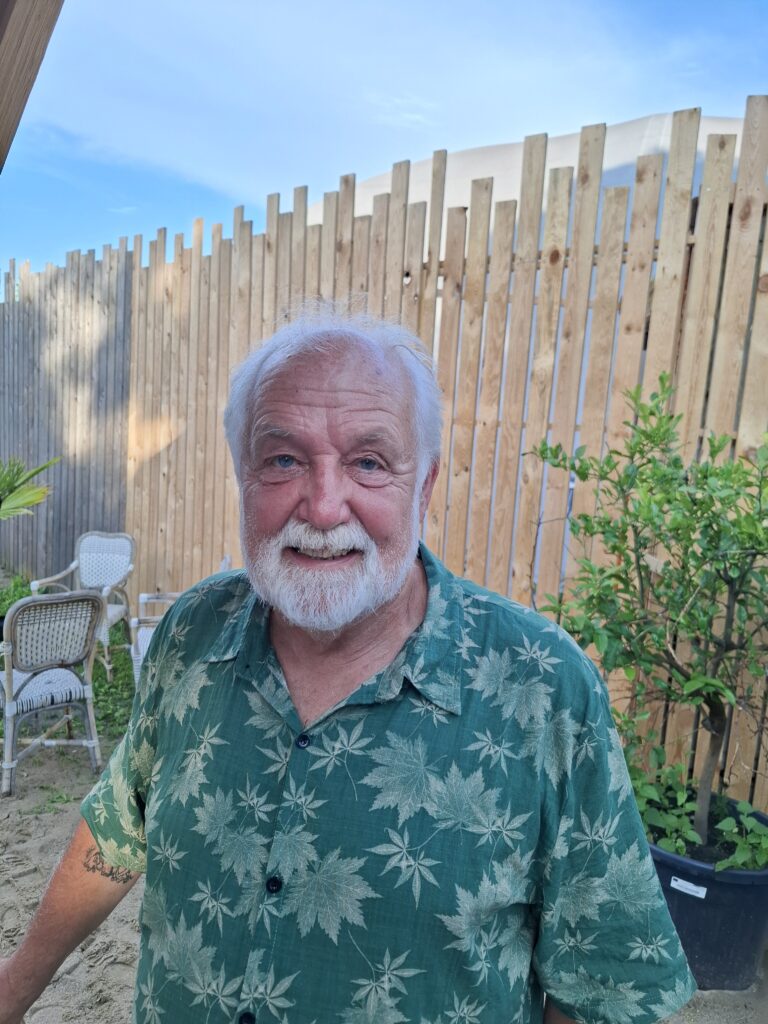
Volker König, who studied both pedagogy and physics, was the driving force behind Nordex’ first German team. For him, every kilowatt-hour counted, and from the very beginning, he pushed the development of larger turbines.
Günter, you were the main founding investor of what would become the first Nordex company established in Germany. What gave you the confidence to invest money in wind turbine technology at that time?
Günter: The three of us began calculating the potential yields for various turbine types available while also analyzing different locations with different hub heights and wind conditions in Germany. And we noticed that only the N27/150 from Nordex in Denmark was suitable. That became the basis for my investment idea.
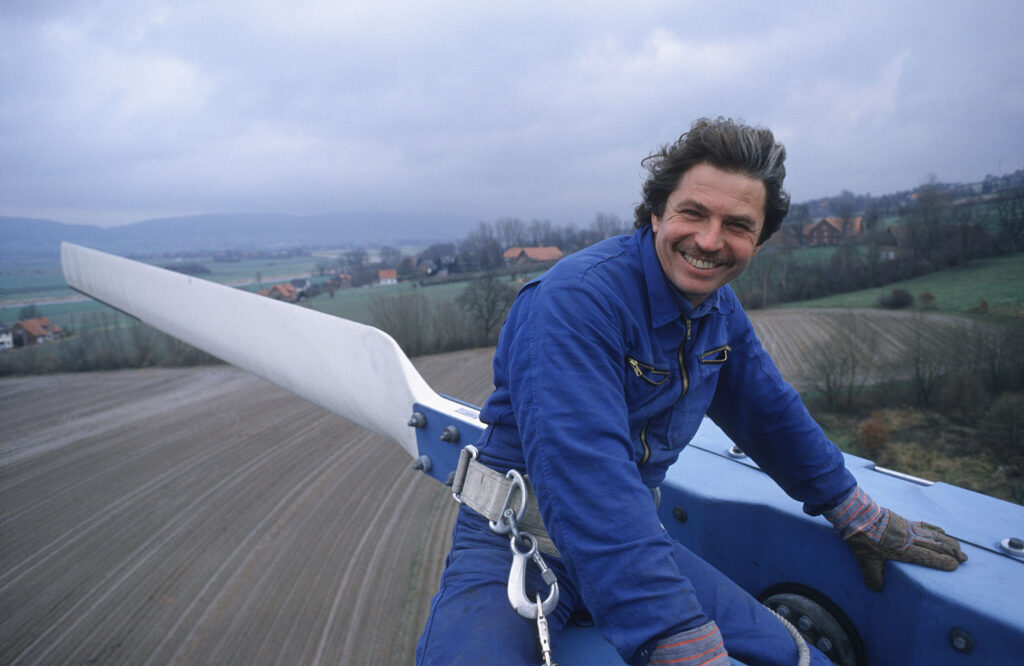
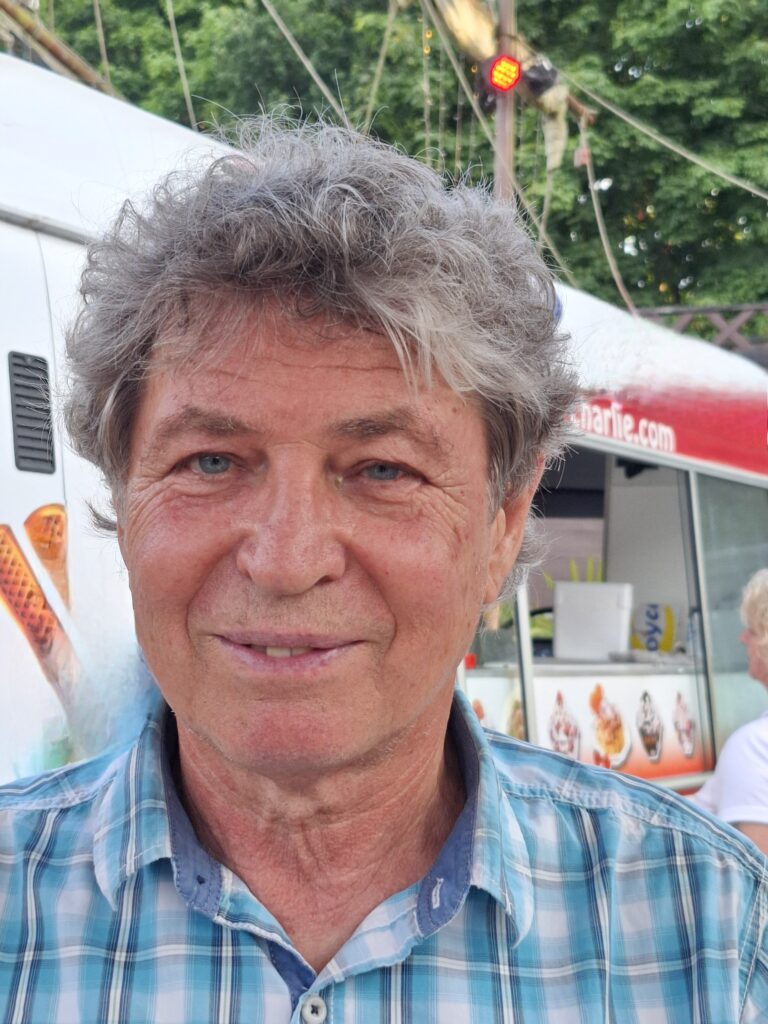
Günter Schmidt holds degree in electrical engineering with a focus on automation. He previously owned an electronics company and was the main founding investor of Nordex Energieanlagen GmbH. He was well aware that the financial risks involved in the company’s ambitious expansion plans were far from insignificant.
Volker: Yes, the N27/150 was a real cracker at the time. With 150 kilowatts of power, it had almost 600 square meters of rotor sweep! With a hub height of 36 meters initially – later increased to 40 meters – it also had taller towers than most, which meant it could generate more energy even at low-wind sites. Even though you had to invest three times as much as in a 50-kilowatt system, you could expect five times the yield.
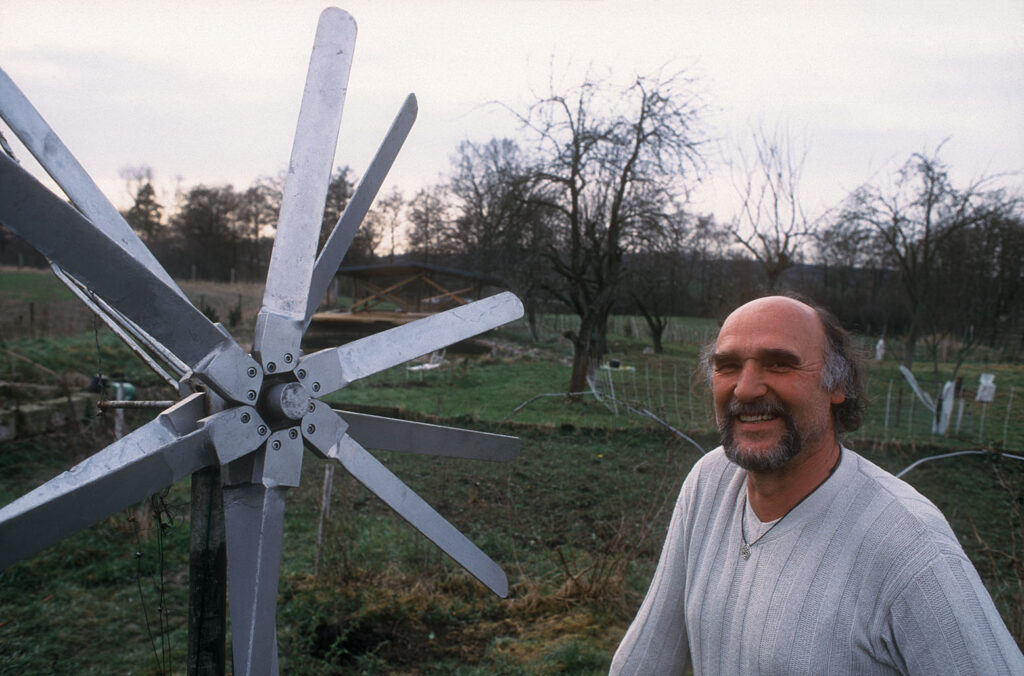
The third in the bunch: Werner Napp. After the Chernobyl disaster, atomic physicist Werner Napp also became an advocate for the energy transition in Germany. Within the Nordex team, he was the technical expert and later established the first German production facility in Rerik on the Baltic Sea. Unfortunately, he could not come to the event.
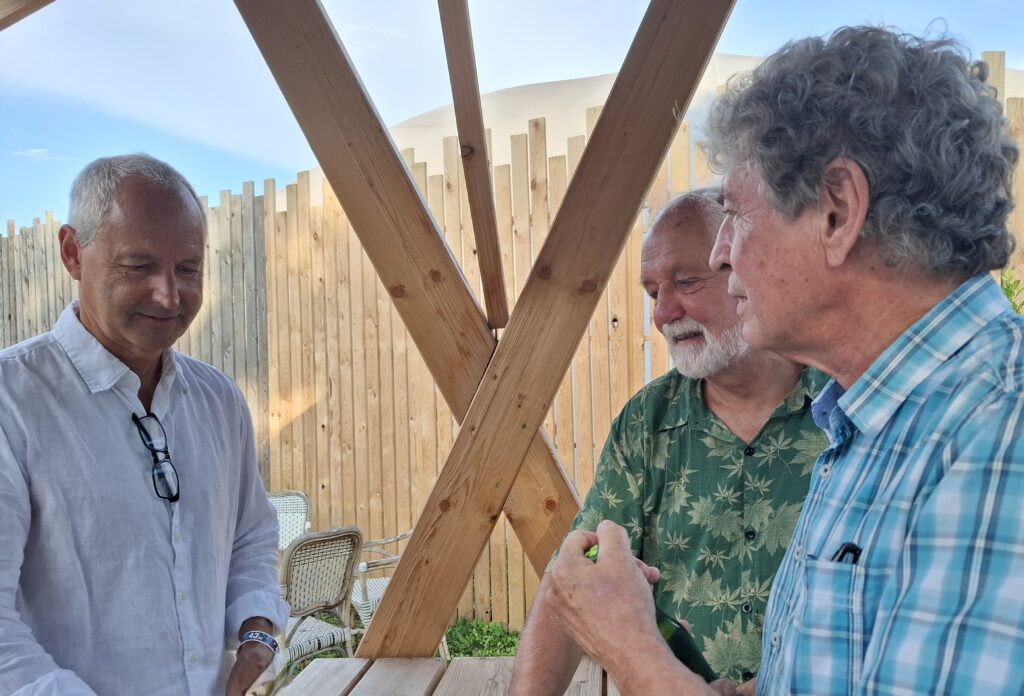
At the end of 1990, after your meeting at the motor service station, Carsten, you assigned the three of them to manage Nordex wind turbine sales across Germany. Despite the risks, wasn’t this also a perfect time with major opportunities ahead?
Carsten: 1991 had a special meaning for us. In January, the Electricity Feed-in Act came into force in Germany securing fixed income for wind farm operators. As a result, the market potential for wind turbine manufacturers like Nordex was expected to grow substantially beyond Denmark. Many Danish manufacturers tried to capitalize on that growth early on. So yes – good timing indeed.
Günter: Yes, the timing was perfect. In the Bundestag, the German parliament, the first feed-in law was passed. That broke the dam and wind power suddenly became “calculable”. For the first time, there was an economic basis on which loans would be granted. Also in January 1991, the three of us founded the first German Nordex company: Nordex Energieanlagen GmbH, based in Rinteln – to be precise – on my own ecological farm near Hanover. I had previously sold my electronics company to invest in new ventures. However, sales operations began in a 12-square-meter room located on Volker’s farm in Melle-Buer near Osnabrück …
Volker: … that room later became known as the space with the highest sales per square meter in Germany. And that was no surprise – business had surged massively when the Electricity Feed-In Act came into effect. A rate of 17 pfennigs was guaranteed for every kilowatt-hour of electricity produced from wind energy. This result was also based on recommendations we had made as part of the wind association, since we were heavily involved in the hearings on the Electricity Feed-in Act leading up to the law being passed. We successfully stood our ground against utility company representatives by demonstrating that a remuneration of 17 pfennigs, combined with subsidies, would allow wind power generation to break even.
Günter: Eight months later, at the end of 1991, we installed our first N27/150 at the sewage treatment plant in Kappeln an der Schlei, in northern Germany. Werner personally oversaw this from his office in Düsseldorf. At the time, he was the only one of the three of us who could dedicate himself to the company full-time.
Volker: Günter and I kept our day jobs, since in the beginning, the company couldn’t offer consistent salaries and operated with limited financial resources. The company was living hand to mouth, so to speak.
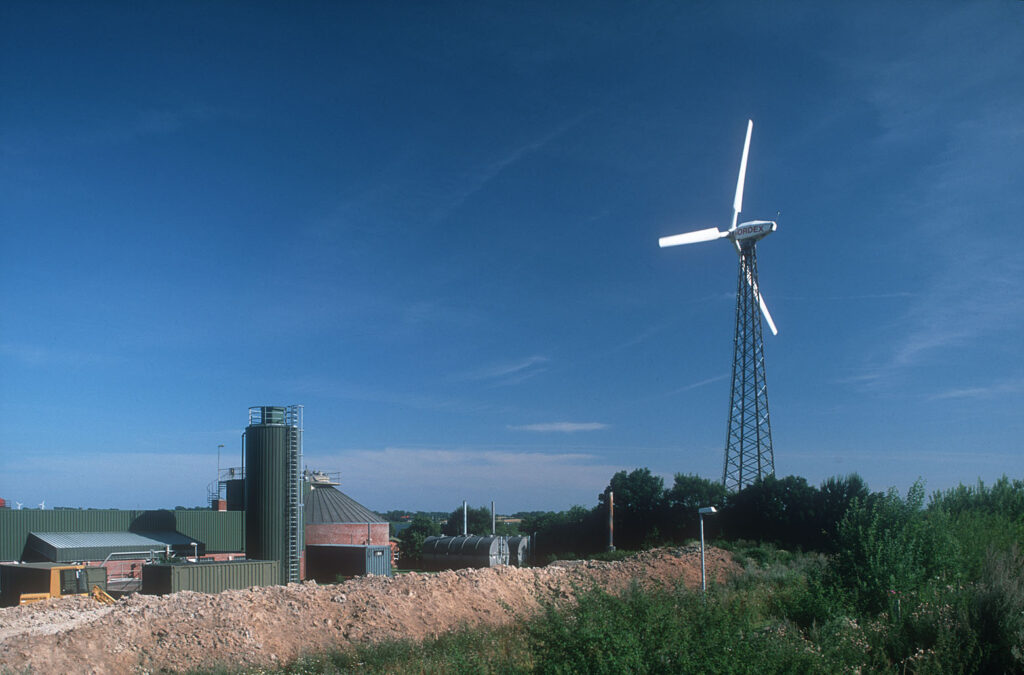
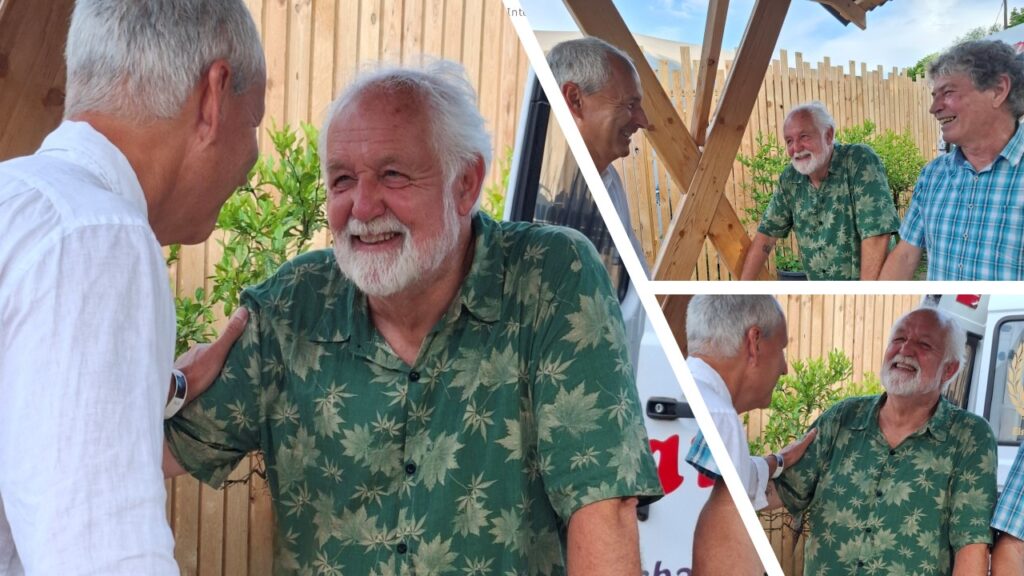
The Electricity Feed-in Act was a major success. Germany became the world’s most important market for wind turbines at the time. However, it didn’t eliminate all the challenges?
Günter: Accessing German subsidies for products from our Danish Nordex plant was challenging. So, the three of us decided to start production in Germany, in Mecklenburg-Western Pomerania, to be precise, where there was local support. In 1993, we built a 400-square-meter hall in Rerik on the Baltic Sea, where we could assemble four N27/150 turbines at once.
Volker: Yes, we acquired property on what had once been the community’s campground. The vacant store gave us a makeshift roof at first and was soon followed by a new building which included the production hall.
Carsten: By the way …campground, Volker. It’s worth noting that the choice of the location was partly inspired by an idea you had during one of your vacations on the Baltic Sea. Even though, so to speak, Rerik was never exactly the center of the world, you had spotted a peninsula off Rerik that would have been a great location for a wind farm. But the prerequisite for the building permit was local added value – so the idea of manufacturing locally was that local added value. The end of the story? It turned out that the land was contaminated with military explosives, as it was part of a restricted military area – and so the wind farm was never built. But Nordex had gained another foothold in Germany – this time in Rerik. That’s how decisions were made back then.
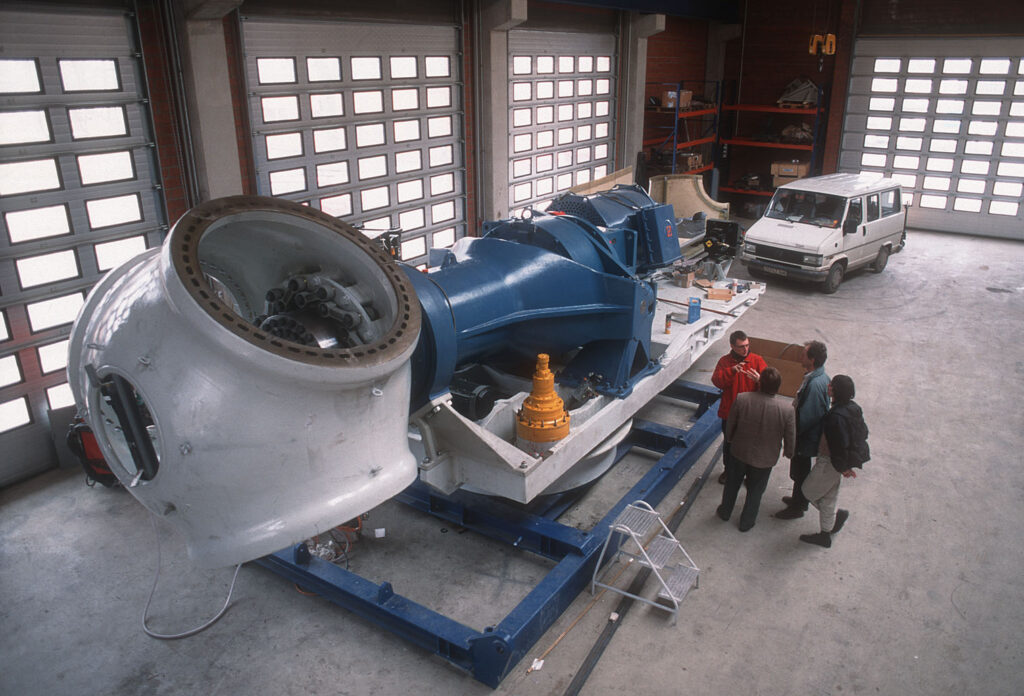
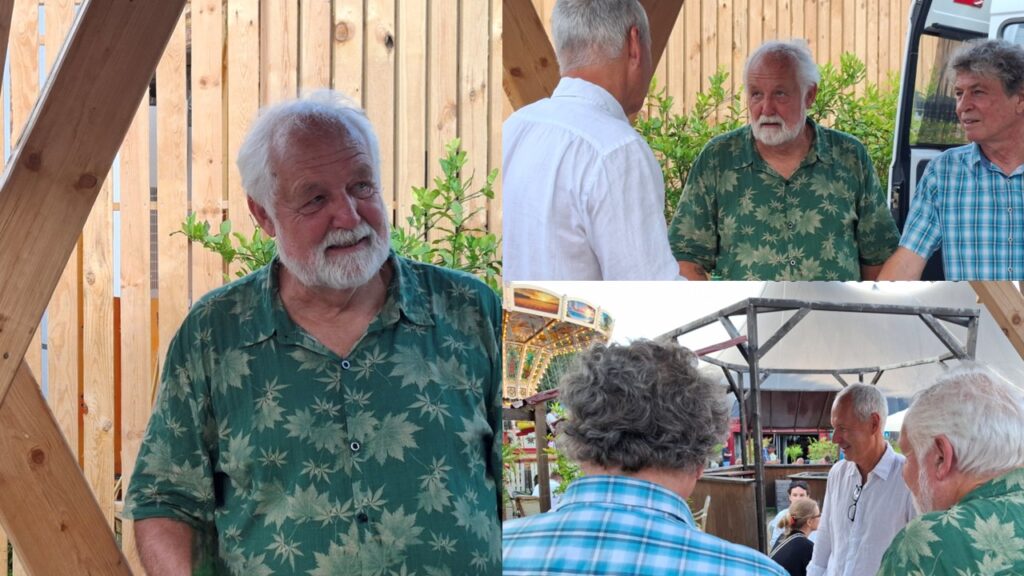
With a nominal output of 150 kilowatts, those turbines were no longer competitive in the long term – correct?
Volker: Indeed. Customers in Germany were already waiting for the 500-kilowatt turbines. We had to respond in order to stay competitive. A huge wave was building behind us – and we didn’t have a board to ride it!
Günter: At that time, we sold wind turbines by the dozen, mainly to farmers – our first customers. Wind power was growing by an average of 20 percent per year! We also realized that we wouldn’t achieve Germany’s planned energy transition in a thousand years with those comparatively small kilowatt-class turbines.
You are currently viewing a placeholder content for external media from Heyzine. By clickling on “Unblock content”, you consent to content being reloaded by Heyzine. We have no influence on further data processing by Heyzine. The transfer to Heyzine may be based on the EU-U.S. Data Privacy Framework or standard contractual clauses. See further information in the privacy policy of Heyzine.
More Information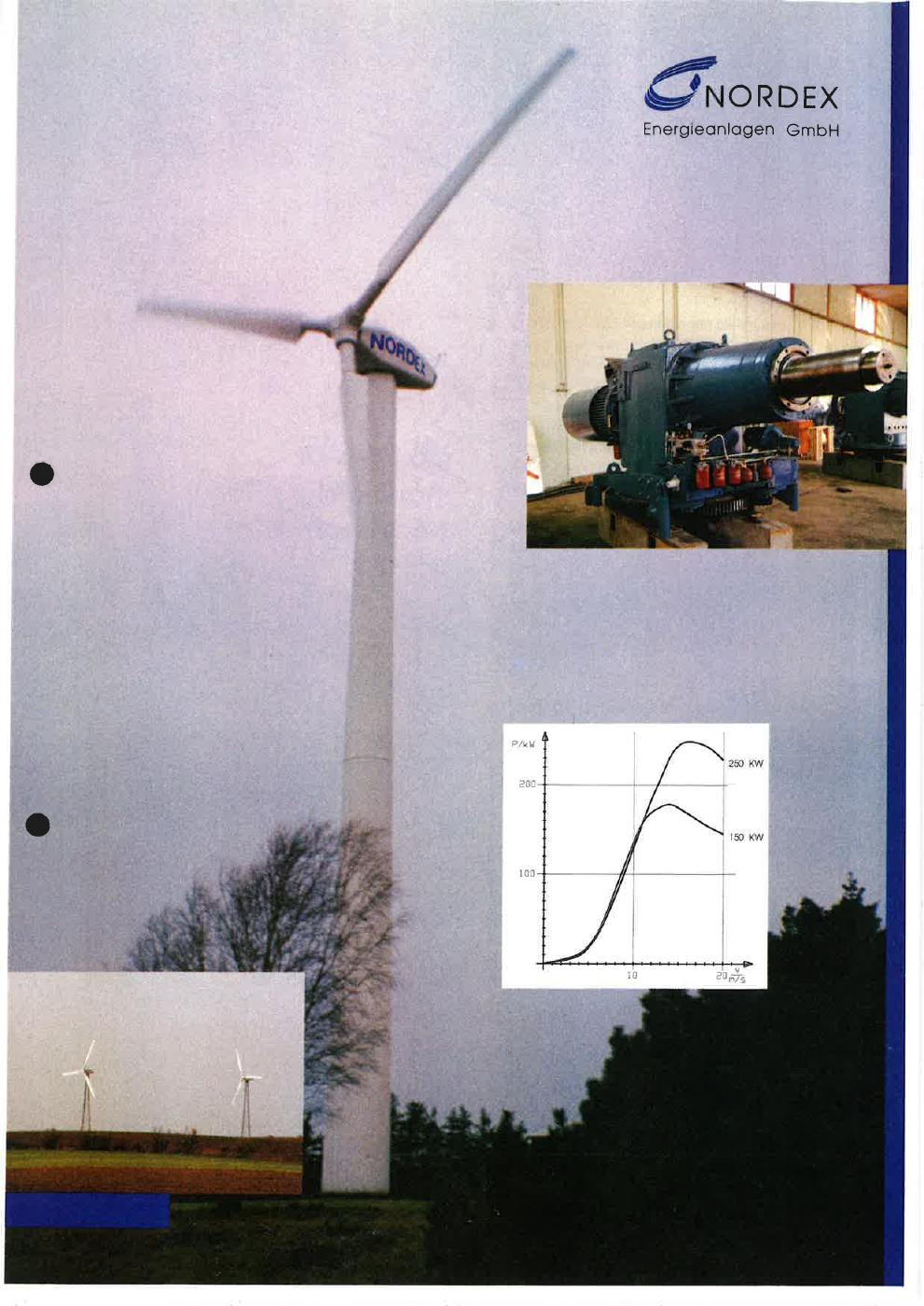
Carsten: The first turbine produced by Nordex was a 225 kW model, upgraded to 250 kW – the well-known N27. But yes, you three were pushing to build a larger turbine to stay competitive, while we in Denmark were still hesitant to move to 500 kilowatts or more due to technical concerns. Still, we didn’t want to fall behind the market leaders, so closing the gap became essential. It wasn’t an easy decision. But that’s also when we began developing the 600 kW turbine, the N43/600.
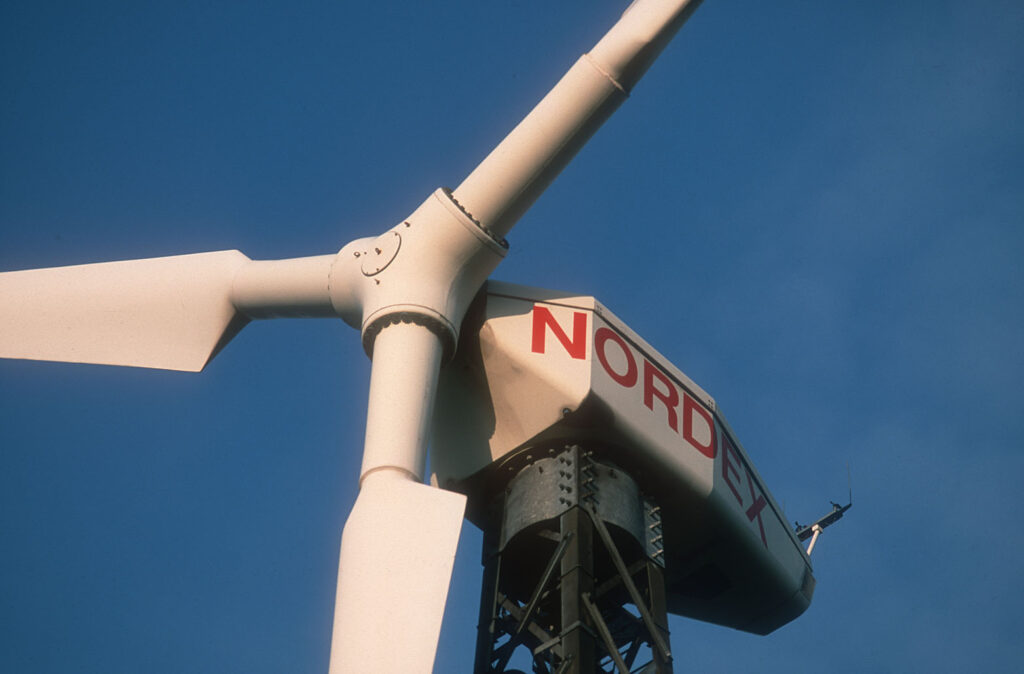
So, you planned to develop a larger wind turbine for Germany, without involving Denmark?
Volker: In early 1993, Werner, Günter, and I decided to develop our own wind turbine, aiming to be the first to bring a one-megawatt model to market. We worked step by step to create increasingly powerful turbines. I wanted to generate lots and lots of electricity – fast. Just building the occasional wind turbine wasn’t my thing.
Günter: And so, we did it. The first prototype – an 800 kW model, the N52/800 – was commissioned in February 1995. Nearly the entire Nordex team from Rerik took part in the installation. Everyone at the site in Bentwisch near Rostock watched as the turbine began operating for the first time. I remember, Werner was so excited about the spinning rotor that, in a spontaneous gesture, he pulled 50 deutschmarks from his pocket and told everyone present “This is for fries and cola!”. Just two months later, the team installed the second prototype, the N52/1000 – the promised one-megawatt turbine, in Brunsbüttel, at the mouth of the river Elbe. Fantastic.

Prototype in Bentwisch 1995
Those events were notable moments…
Günter: Those were truly great moments. But shortly after our German prototypes were installed, the financial resources of our company Nordex Energieanlagen GmbH’s were exhausted. Pre-financing customer orders and building the Rerik plant had used up all the money the three of us founders had invested.
Volker: Humbly, we asked in Denmark whether you, Carsten, and your brother, would be willing to take over the German arm of your company. And luckily, you agreed to save us – and bought us out. In May 1995, Günter and I, together with our new Nordex colleagues Reiner Borgmeyer and Ewald Seebode, were able to set up a new sales company: Nordex Planungs- und Vertriebsgesellschaft mbH (NPV), based in Melle, north of Bielefeld. This allowed us to fully concentrate on sales in Germany again. NPV went on to serve as Nordex’ German sales organization for many years to come.
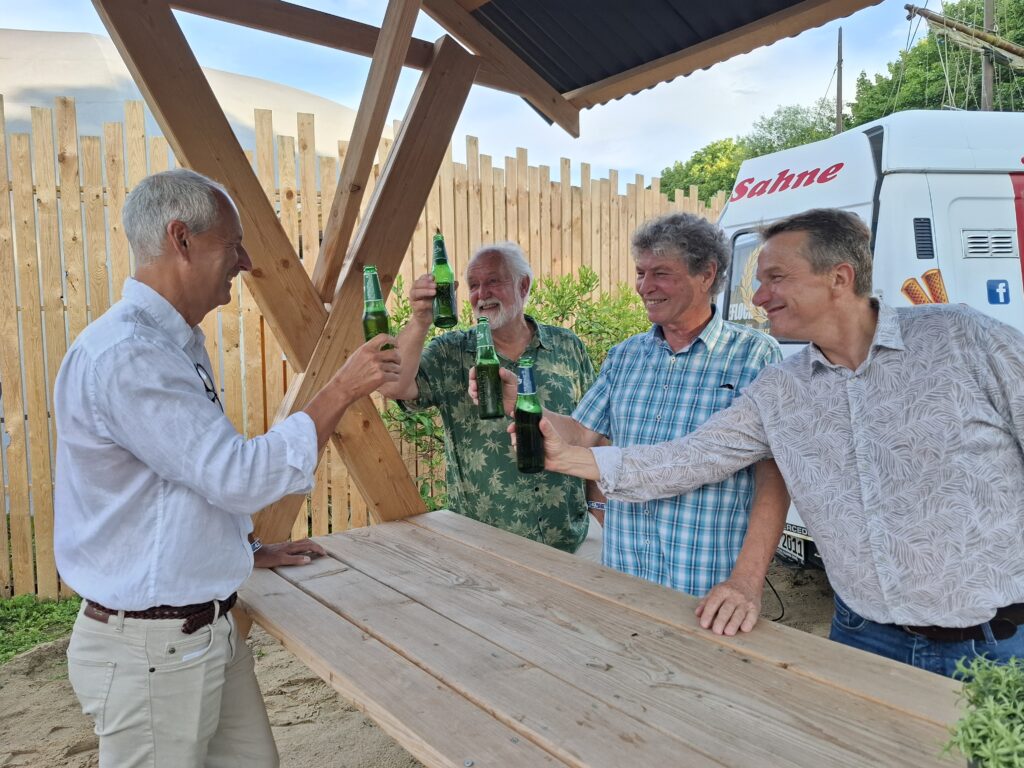
Carsten: Looking back, I think this is typical for the wind industry: there are times when we feel like we can walk on water – and other times when we’re more likely to be underwater. In autumn 1996, the small German production hall in Rerik achieved the world’s first series production of a megawatt turbine- after over three years of hard work, despite limited resources. I greatly appreciate the decisions made by you. Your efforts led to Nordex successfully manufacturing and installing turbines in Germany — from the early 150 kW model to the first 800 kW turbine, and finally the world’s first series-produced 1,000 kW turbine. The commercial success that followed validated those choices. You’ll remember that in 1997, Nordex achieved a 16% market share, making it the second-largest supplier in Germany.
Thank you all for sharing your valuable insights and memories from those remarkable early years at Nordex in Germany. We extend our warmest wishes to each of you for the future.
